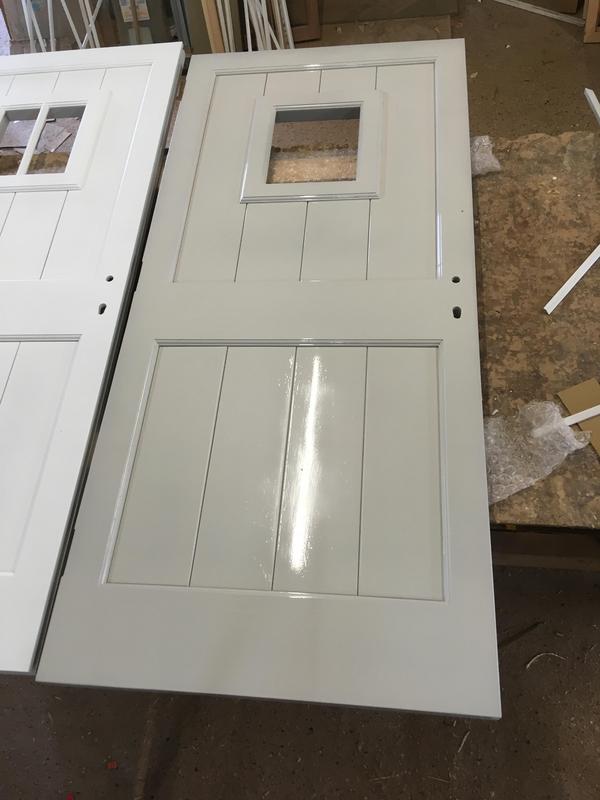Jacob
What goes around comes around.
Looking at the photo - just a thought - can't quite tell - is that a bit of brass or something on the right hand side of the lock rail, where the spindle for the original door knobs and rim latch would have gone? If so it's possible that someone tried to fit a mortice latch instead and chopped through the M&Ts weakening one of the two most important joints and causing the door to sag? I've seen it done.
In which case you might need to make a complete new lock rail. Easy peasy just copy the old one!
In which case you might need to make a complete new lock rail. Easy peasy just copy the old one!







































